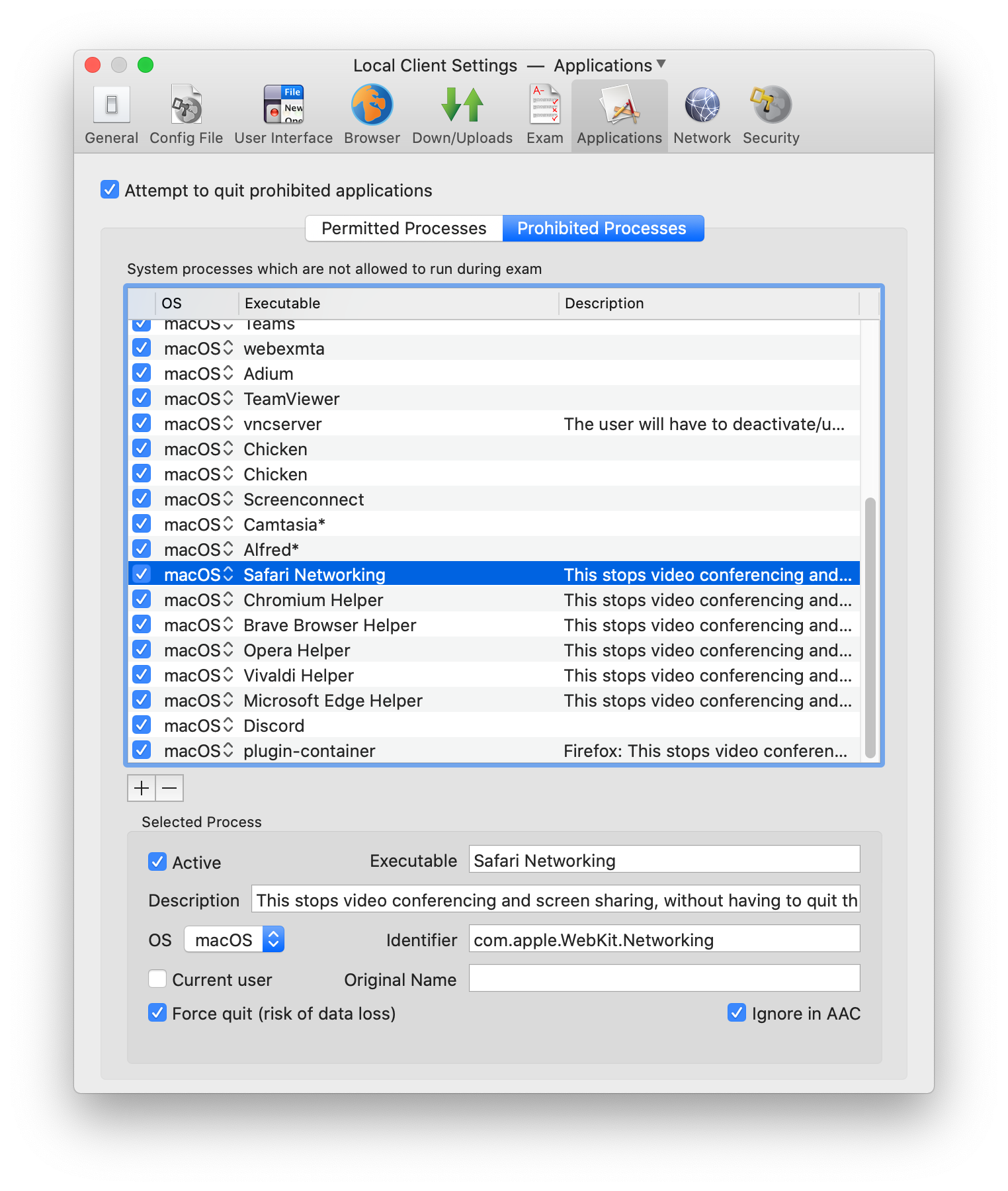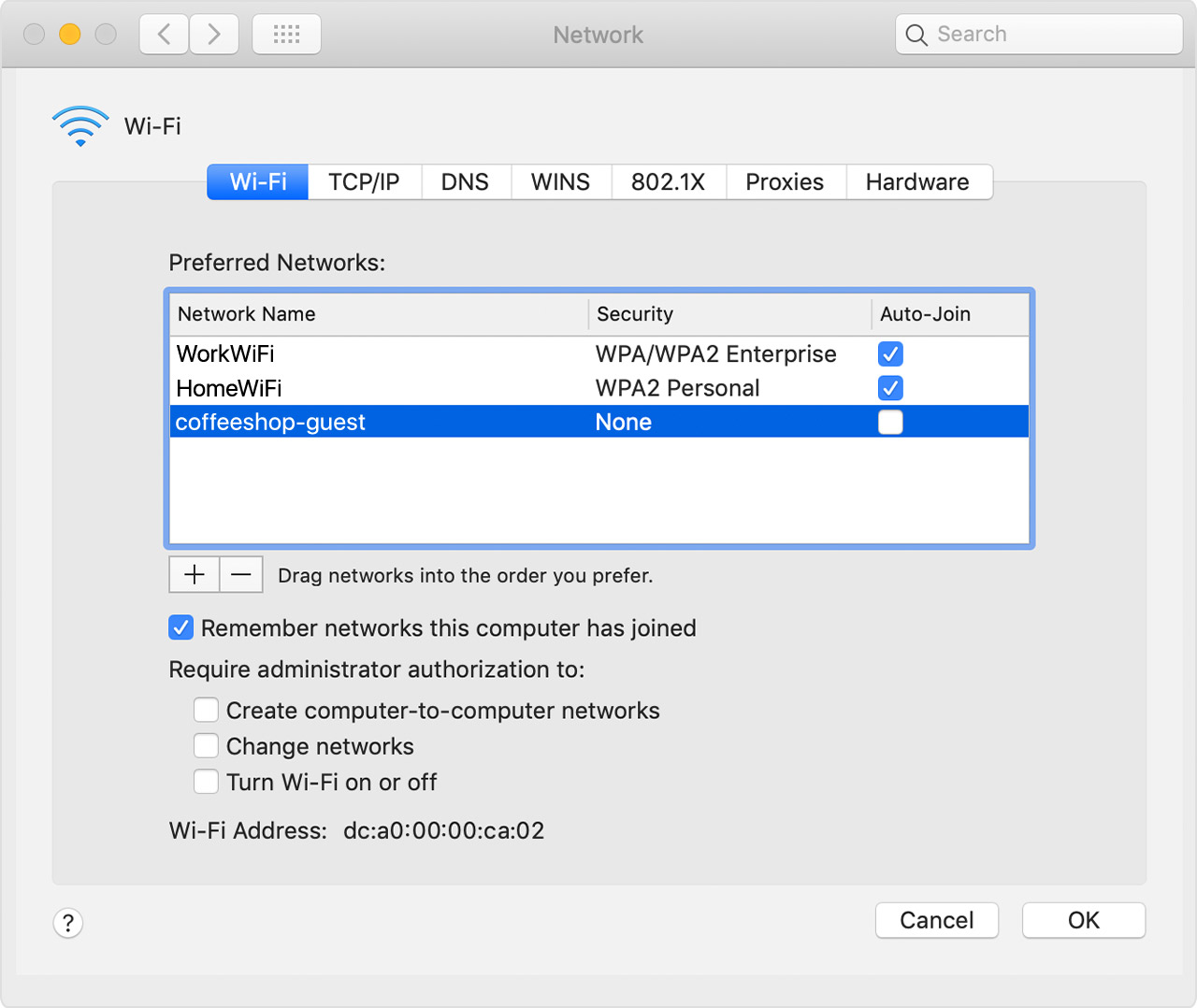
- #How to configure apple mac network settings how to#
- #How to configure apple mac network settings pro#
- #How to configure apple mac network settings software#
- #How to configure apple mac network settings tv#
While Mobile Device Management (MDM) servers normally fill this void, if devices are personally owned or if the MDM is out of the budget, IT can rely on Apple Configurator 2 to create profiles that can be served from a web server, file share, or sent as email attachments, where the end user manages their devices while IT can still ensure that corporate policies are adhered to.īefore getting started creating your first configuration profile, there are a few requirements to make sure mobile management takes off without a hitch.
#How to configure apple mac network settings pro#
SEE: VPN usage policy (Tech Pro Research) Additionally, complicating matters is the growing shift toward BYOD, wireless networking, and telecommuting– all of which are factors that further hamper device management at an enterprise scale. This does not bode well since it limits IT’s ability to properly manage these devices on their network. Mobility must-readsĬES: 5 standout laptops for business usersĪndroid's future: 11 predictions for 2022ģ Apple predictions for business pros in 2022Ħ easy tips for cleaning up your inbox (TechRepublic Premium)Ĭonversely, IT pros have a much more difficult time when managing Apple devices due to the focus on the consumer driven management strategy that sees end users as the primary and default means of being the administrator of their own devices. Often the belief that Apple devices “just work” is something the company takes to heart as it forms one of the cornerstones of the user experience for the consumers of their products. When working with macOS and iOS devices, Apple has gone to great strides to ensure that users can manage their devices as they need.

Using Apple Configurator 2 allows Mac users to create simple configuration payloads that modify settings for macOS and iOS devices with ease. If you’re paranoid and want a beefier firewall, bone up on your Unix skills and write some custom rules for your firewall.How to create configuration profiles for Apple devices Your Mac’s firewall utilizes the same industry-standard Unix technologies that are used to protect web servers. There are several third-party firewall applications available for Macs, but we don’t recommend that you purchase them. Your Mac is now protected by the built-in firewall! This prevents your Mac from responding to port scans and ping requests.Ĭlose System Preferences. We don’t recommend this, but you can optionally select the Enable stealth mode checkbox. This allows your Mac to trust authorized applications.
#How to configure apple mac network settings software#
Select the Automatically allow downloaded signed software to receive incoming connections checkbox. This allows the applications on your Mac to communicate with the outside world. Select the Automatically allow signed software to receive incoming connections checkbox. The firewall turns on - you’ll know it’s enabled when you see the green light and the Firewall: On message, as shown below.Ĭlick Firewall Options.


The window shown below appears.Ĭlick Start. The window shown below appears.Ĭlick the lock icon and authenticate with your administrator username and password.
#How to configure apple mac network settings how to#
Here’s how to turn on and configure your Mac’s built-in firewall:įrom the Apple menu, select System Preferences. Turning on and Configuring Your Mac’s Firewall It will close your Mac’s open ports and disallow random network scans. To ensure that random individuals don’t gain unauthorized access to your Mac, you should enable your Mac’s built-in firewall. Hackers love to run automated applications that can scan thousands of computers (including your Mac) for open ports that can be exploited. Once your Mac has reassembled the packets, you’ll see something, like an email message or web page.Ī firewall can help prevent bad packets from entering your Mac. Servers receive the packets, and then send other packets back to your Mac. But what is a firewall, and why do you need to use it on your Mac? Firewall Crash CourseĮvery time you request information from the Internet, such as a web page or email message, your Mac sends data packets to request the information.
#How to configure apple mac network settings tv#
AirPort Apple Apps Backups Developer Education Email Hardware Internet iPad iPhone Mac Music Network Photos Security TV Weekend WonkĮvery Mac ships with a built-in firewall - a service that can be configured to disallow information from entering your Mac.


 0 kommentar(er)
0 kommentar(er)
